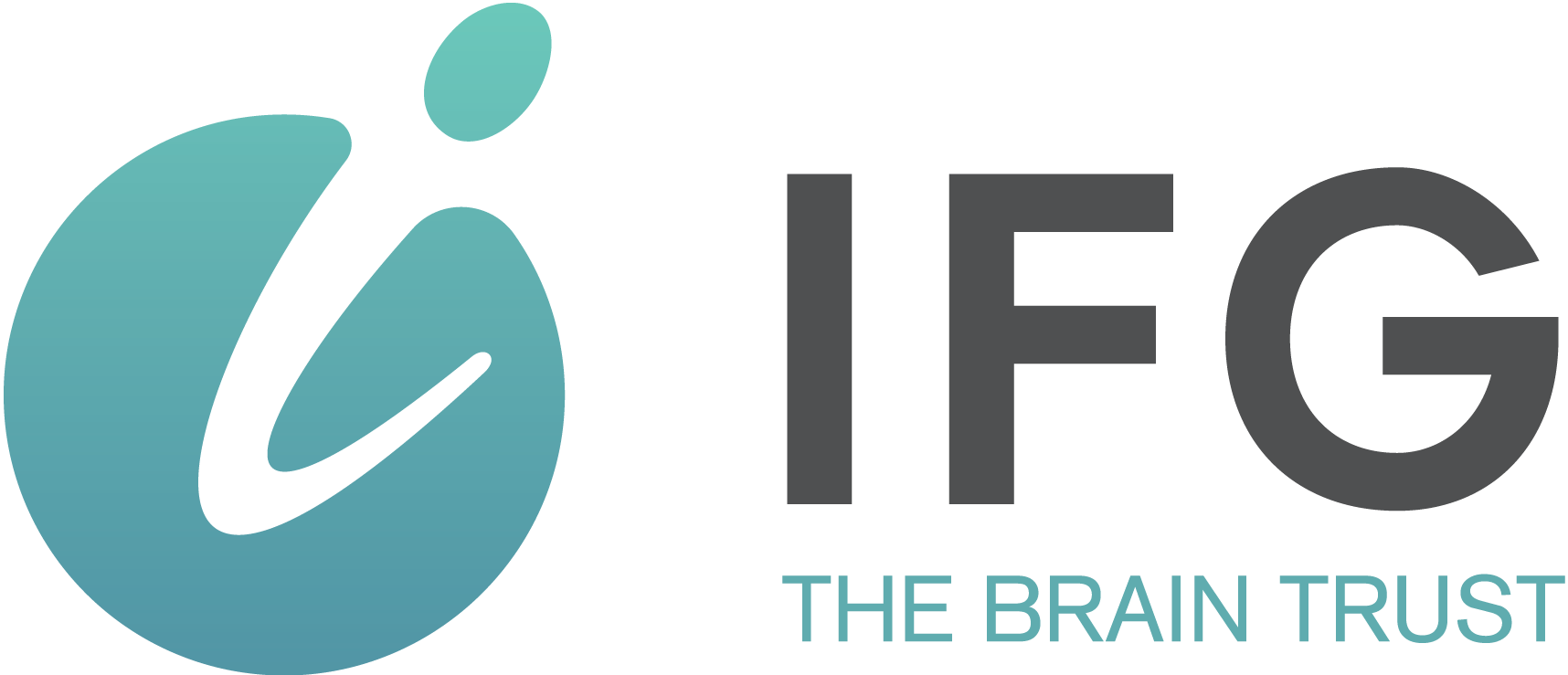


Learn actionable tips and advice about navigating regulatory changes and updates for independent financial planners to stay within RIA compliance.
As the financial industry undergoes continuous regulatory developments and regulators intensify their scrutiny, the responsibilities of financial advisors and broker dealers in terms of compliance have become increasingly crucial.
Financial compliance encompasses a framework of regulations that govern the operations of the financial industry, aiming to protect various stakeholders such as investors, shareholders, and banking customers.
Although compliance may sometimes seem like an unnecessary weight, presenting itself as a complex labyrinth of regulations that advisors and broker dealers must skillfully maneuver to avoid consequences, it can be viewed as an opportunity for strategic advancement.
By adopting this perspective, advisors can effectively navigate the intricacies of compliance, avoid compliance headaches and establish a more robust and trustworthy practice that ultimately benefits both themselves and their clients. Consider this your RIA compliance guide for everything you need to know as a financial professional.

Simply put, RIA compliance refers to the adherence to regulatory requirements laid out in the Investment Advisers Act of 1940 (referred to as the “Advisers Act”). These requirements mandate that Registered Investment Advisors (RIAs) establish comprehensive policies and procedures to prevent legal violations. The Securities and Exchange Commission (SEC) plays a vital role in this landscape by formulating rules, providing interpretations, and offering guidance to RIAs for better comprehension of their fiduciary responsibilities as outlined by the Advisers Act.
While the Advisers Act itself has undergone minimal changes since its inception, the SEC’s rules have continually evolved to match the advancements in technology and evolving business and trading practices. Each policy and procedure outlined by the SEC aims to safeguard investors while providing guidance to advisors on their fiduciary duties.
RIA compliance signifies your firm’s unwavering commitment to upholding the highest ethical and professional standards, placing the interests of investors at the forefront. It serves as a testament to your dedication to prioritizing clients’ best interests, without allowing personal agendas to obstruct the way. It is, without a doubt, a critical factor in achieving success within our industry.

1. Office of Supervisory Jurisdiction (OSJ)
The Office of Supervisory Jurisdiction (OSJ) plays a pivotal role in the universe of Registered Investment Advisors (RIAs). It’s a crucial component of financial industry supervisory systems, particularly within broker-dealer operations. Understanding the function and responsibility of the OSJ is crucial for any financial advisor looking to maintain a high standard of compliance in their practice.
Essentially, the OSJ is responsible for a broad range of compliance, oversight, and supervision duties within a broker-dealer firm. These duties include reviewing and endorsing customer orders, maintaining customer accounts, and supervising the activities of non-OSJ branch offices. Therefore, the OSJ plays a critical role in ensuring that all activities are carried out within regulatory guidelines, thereby maintaining the integrity of the financial marketplace.
For independent financial advisors, a strong understanding of the role of the OSJ can provide valuable insights into the regulatory environment. It can assist you to remain compliant, reduce risks, and maintain the trust of your clients. By aligning your operations with the OSJ’s expectations, you can ensure that your practice stands up to scrutiny and operates within the legal and ethical framework of the industry.
2. Investment Advisers Act of 1940
The Investment Advisers Act of 1940 is a significant federal law in the United States that outlines and defines the responsibilities of investment advisors. It provides the Securities and Exchange Commission (SEC) with authority to monitor and regulate financial representatives and advisors, with the primary goal of protecting investors and maintaining fair, efficient markets while promoting capital formation.
This act precisely defines what constitutes investment advice and establishes the requirements for registration with state and federal regulators before offering such advice.
3. SEC Office of Compliance Inspections and Examinations (OCIE)
The SEC’s Office of Compliance Inspections and Examinations (OCIE) annually identifies specific practices, products, or services that pose higher risks to investors or markets. This serves as a means to promote transparency and educate the public. The published list enables registered investment advisors (RIAs) to gain insights into the areas SEC examiners will focus on during their examinations.
The SEC publicly announces its examination priorities at the beginning of each year through press releases, and the full details are available online as a PDF document, reinforcing their commitment to transparency. While these priorities are primarily directed at SEC-registered firms, state regulators often address similar issues during their own exams. Therefore, advisors are advised to attentively consider the SEC’s Examination Priorities.
4. Form ADV
Form ADV is a crucial component of Registered Investment Advisor (RIA) operations. Its importance in RIA compliance is akin to that of Form 1040 for individual income taxes. While you may already be familiar with it, it’s worth revisiting (as confusion surrounding Form ADV can be unexpectedly common).
Firstly, this form necessitates annual completion and resubmission to ensure your firm’s ongoing compliance. In addition to the annual update, you will be required to update Form ADV whenever changes occur in your contact information, fee schedule, ownership, and other pertinent details. Notably, changes in assets under management (AUM) resulting from market fluctuations do not require filing an amendment outside of the annual update.
Secondly, Form ADV comprises various sections. The initial part involves providing information about your firm, including AUM and related details. Similar to completing personal income tax forms, your firm must answer the form’s questions and provide all requested information.
It’s vital to understand that the Securities and Exchange Commission (SEC) and state regulators utilize this information to assess and enforce regulations. Moreover, they employ an algorithm to determine the risk level associated with your business model, impacting the frequency of regulatory examinations.
The second part of Form ADV involves creating a brochure, which must be annually provided to prospective and existing clients. This brochure should comprehensively outline your services, AUM, fee schedule, conflicts of interest, and other relevant information in a manner that is easily accessible and comprehensible to clients and potential clients.
5. Chief Compliance Officers (CCOs)
Compliance officers, also known as CCOs, play a vital role in ensuring firms adhere to the SEC’s regulations. These individuals are responsible for overseeing all compliance policies, procedures, and processes within Registered Investment Advisors (RIAs).
While some RIAs initially assign the owner as the CCO to save costs, this approach may prove detrimental in the long run, potentially leading to deficiencies and fines imposed by regulators.
Many firms do go the route of hiring a CCO, in order to allow the owner to focus on revenue-generating activities while entrusting compliance management to an expert. By having an experienced professional overseeing the compliance program, the already complex process becomes more streamlined, ensuring efficient operations and meeting regulatory requirements.
However, for many financial advisors, the expense of hiring a CCO is not feasible. That’s where working with a collaborative partner, like Integrated Financial Group, comes into play and can offer support in staying compliant while saving money, stress and time.
Moreover, dedicating someone to maintaining compliance fosters a culture of adherence within the firm. This proactive approach helps prevent crucial tasks, documents, and processes from slipping through the cracks and creating compliance issues. By prioritizing compliance, your firm can safeguard its reputation and minimize regulatory risks.
6. Assets Under Management (AUM)
When determining a firm or advisor’s Assets Under Management (AUM), various factors must be considered, including bank deposits, mutual funds, cash, funds under discretionary management, and more. In addition to AUM, a firm’s management performance and experience also play a crucial role in evaluation.
It is important to note the significance of AUM in RIA compliance. Any discrepancies, such as failure to regularly update AUM, can potentially trigger an audit. Therefore, it is essential to continuously reassess and update any mentions of AUM in marketing or sales materials to ensure accuracy and reflect the most up-to-date value. While frequent updates are not necessary, it is important to take action when AUM becomes significantly outdated.
7. Maintaining Ethical Integrity and Resolving Conflicts of Interest
As a financial advisor, it is paramount to act in the best interests of your clients and represent them with utmost competence and loyalty. However, while recognizing that advisory services are business-oriented, it is essential to acknowledge that self-interest may exist. Operating as a for-profit enterprise does not exempt you from disclosing conflicts of interest. The objective is to disclose these conflicts and demonstrate how you are effectively managing them to prioritize your clients’ needs.
It is crucial to emphasize that the SEC strongly disapproves of advisors disregarding their fiduciary duty. While having a conflict of interest is not inherently against SEC regulations, failing to disclose it when it arises is considered a violation. Your clients deserve to be well-informed about potential conflicts, enabling them to make informed decisions regarding their assets.
Furthermore, it is important to note that this fiduciary responsibility extends beyond individual financial advisors to encompass your entire firm. Regularly checking in with the members of your team, including the Chief Compliance Officer, ensures vigilant conflict monitoring and immediate disclosure if needed.
To establish a culture that prioritizes compliance and minimizes regulatory disciplinary actions, implementing a comprehensive code of ethics within your firm is essential. Training your advisors on behavioral expectations, ongoing monitoring, and the consequences of violations fosters an environment that promotes ethical conduct. Consider adopting a code of ethics system to swiftly identify and address any improper trading activities, safeguarding your firm and clients.